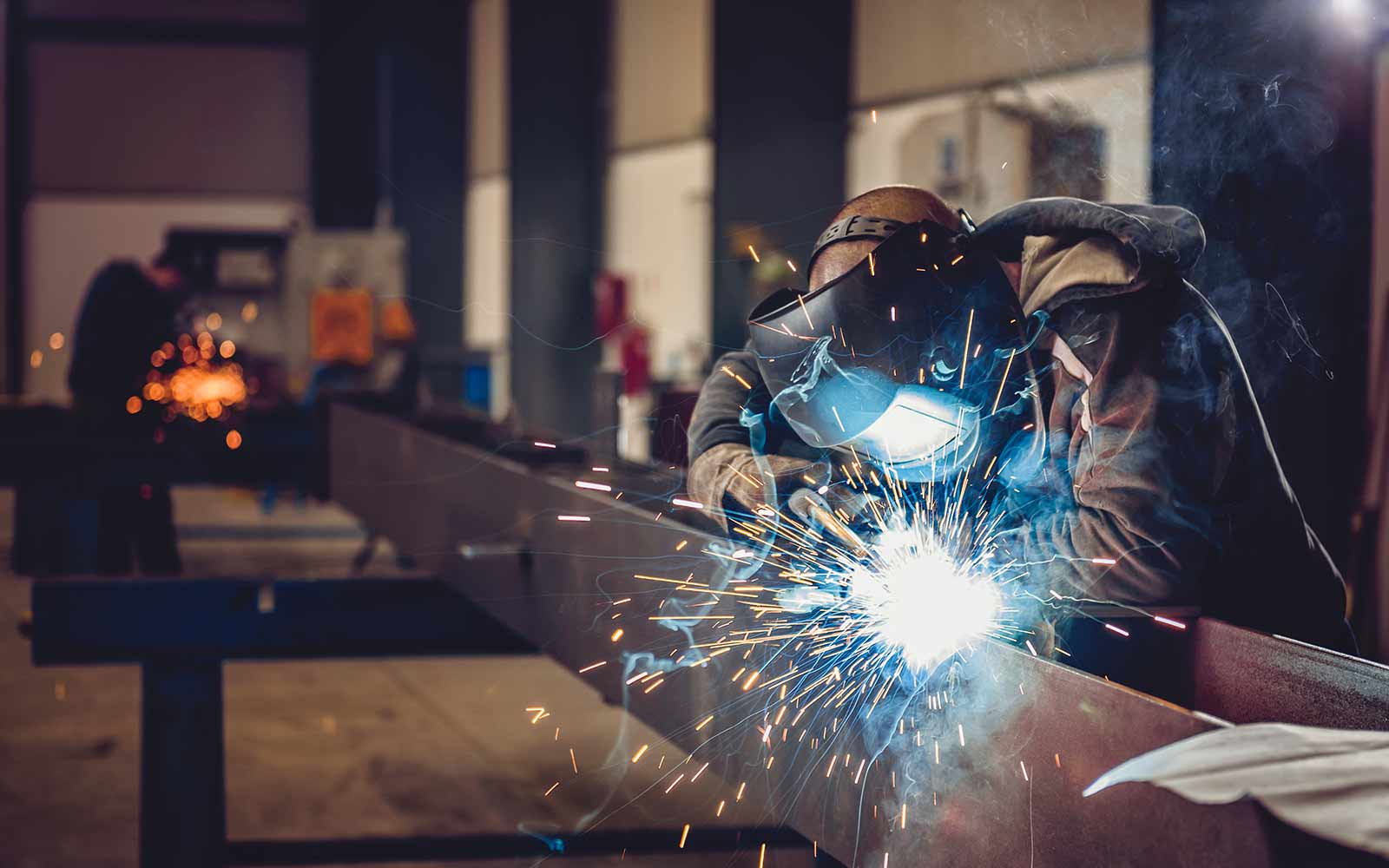Absolutely! Here’s a 2700-word article on welding equipment financing, formatted with `
` and `
` tags in place of “ elements, as requested:
Welding is the backbone of numerous industries, from manufacturing and construction to automotive and aerospace. However, acquiring the necessary welding equipment can be a significant financial hurdle, especially for small and medium-sized businesses (SMBs). Welding equipment financing offers a viable solution, enabling businesses to access the tools they need without draining their capital reserves. This article explores the various aspects of welding equipment financing, including its benefits, types, and considerations.
The Importance of Quality Welding Equipment

Investing in high-quality welding equipment is crucial for ensuring efficiency, safety, and superior results. Modern welding technologies offer enhanced precision, speed, and versatility, allowing businesses to tackle diverse projects and meet stringent quality standards. However, these advanced tools often come with a substantial price tag.
Benefits of Up-to-Date Equipment

Increased Productivity: Newer equipment often boasts faster welding speeds and automated features, significantly boosting productivity.
Understanding Welding Equipment Financing
Welding equipment financing provides businesses with the means to acquire the necessary tools without paying the full purchase price upfront. This allows businesses to preserve their working capital for other critical expenses, such as payroll, inventory, and marketing.
Why Choose Financing Over Outright Purchase?
Preservation of Capital: Financing allows businesses to spread the cost of equipment over time, freeing up capital for other investments.
Types of Welding Equipment Financing
Several financing options are available for welding equipment, each with its own advantages and considerations.
Equipment Leasing
Equipment leasing involves renting the equipment for a specified period, with the option to purchase it at the end of the lease term.
Equipment Loans
Equipment loans involve borrowing money to purchase the equipment, with repayment made in installments over a fixed period.
Equipment Financing Agreements
Equipment financing agreements are similar to loans but are specifically designed for equipment purchases.
Vendor Financing
Vendor financing involves obtaining financing directly from the equipment supplier or manufacturer.
SBA Loans
The Small Business Administration (SBA) offers loan programs that can be used for equipment financing.
Factors to Consider When Choosing Financing
Selecting the right financing option requires careful consideration of several factors.
Interest Rates and Terms
Compare interest rates and terms from different lenders to find the most favorable option.
Eligibility Requirements
Understand the lender’s eligibility requirements, such as credit score, business history, and financial statements.
Total Cost of Ownership
Calculate the total cost of ownership, including interest, fees, and potential maintenance costs.
Flexibility and Customization
Choose a financing option that offers flexibility and can be tailored to your specific needs.
Reputation and Reliability of the Lender
Research the reputation and reliability of the lender before committing to a financing agreement.
Preparing for the Financing Process
Preparing for the financing process can improve your chances of approval and secure favorable terms.
Business Plan
Develop a comprehensive business plan that outlines your business goals, financial projections, and equipment needs.
Financial Statements
Prepare accurate and up-to-date financial statements, including income statements, balance sheets, and cash flow statements.
Credit History
Review your personal and business credit history to identify any potential issues.
Equipment Quotes
Obtain quotes from multiple equipment suppliers to compare prices and features.
The Future of Welding Equipment Financing
The welding industry is constantly evolving, with new technologies and innovations emerging regularly. Welding equipment financing will continue to play a crucial role in enabling businesses to stay competitive and embrace these advancements.
Technological Advancements
The integration of automation, robotics, and artificial intelligence in welding equipment will drive demand for financing solutions.
Sustainable Practices
The growing emphasis on sustainable practices will drive demand for energy-efficient and eco-friendly welding equipment.
Digitalization of Financing
The digitalization of financing processes will streamline the application and approval process.
Conclusion
Welding equipment financing provides a valuable tool for businesses looking to acquire the necessary equipment to grow and succeed. By understanding the various financing options, considering the key factors, and preparing thoroughly, businesses can secure the financing they need to invest in the future of their welding operations.

